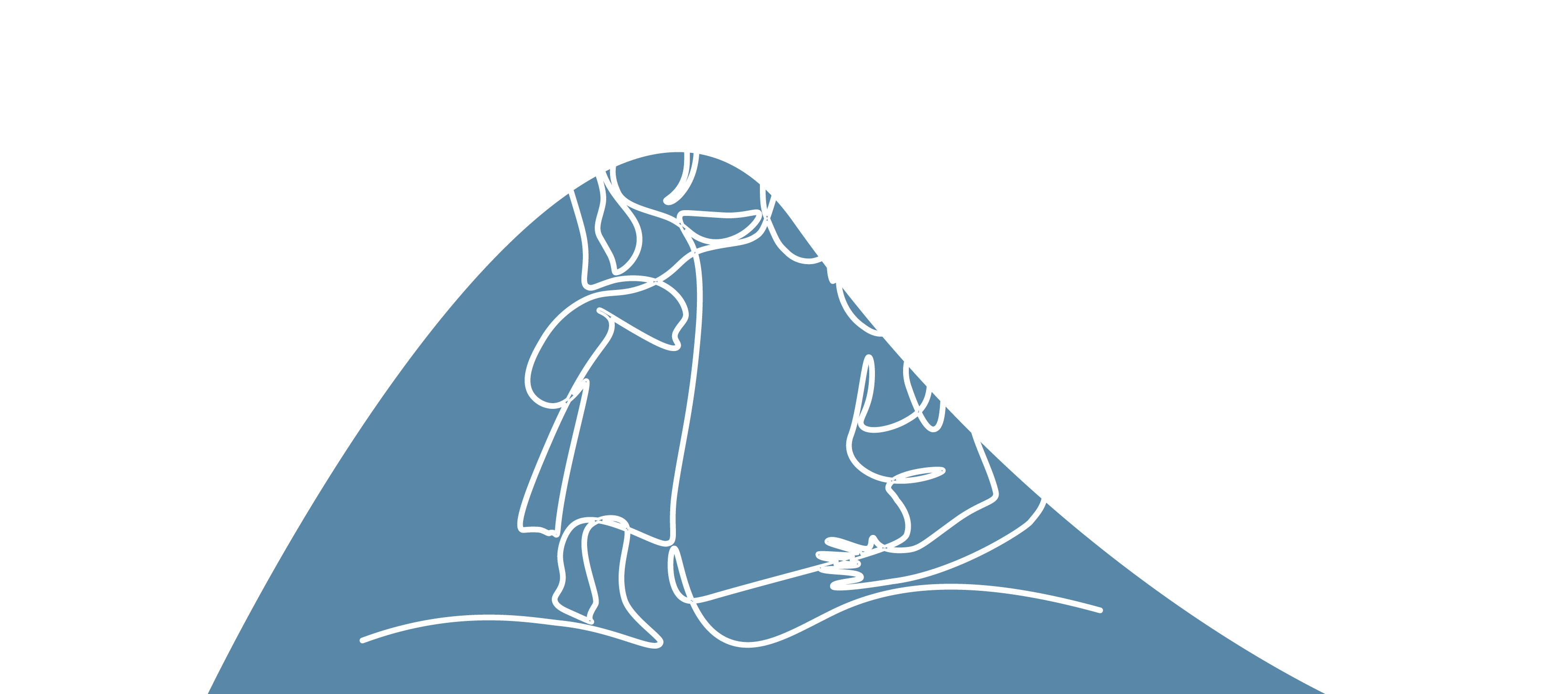
- Home
- Child Safe Organisations
- ...
- Child Safe Standards
Queensland's new child safeguarding law introducing Child Safe Standards commenced from 1 October 2025. Find out when you need to comply.
Changes to the Child Safe Organisations Act mean the Reportable Conduct Scheme has been brought forward and will now commence for all reporting entities on 1 July 2026.
- Find out more about the scheme
- Check if your business or organisation needs to comply.
Introduction to the Child Safe Standards
The 10 Child Safe Standards are one of two components of Queensland’s Child Safe Organisation system and must be implemented by businesses or organisations working with or providing spaces and facilities for anyone aged 17 years and under.
Around 40,000 organisations will need to show they are child safe through meeting these Standards. This includes small volunteer and community groups and sole traders, through to large and well-established organisations, such as hospitals, schools and churches.
Compliance has already commenced for some sectors, with the law taking effect in stages. Visit our Who needs to comply and when webpage for more information.
In implementing the 10 Standards, you’ll also need to consider the Universal Principle. This is part of the Act and is about creating culturally safe environments for Aboriginal and Torres Strait Islander children and their families, which broadly means they feel welcome, safe, valued, included and respected. An organisation that is culturally safe is child safe.
The actions you will need to take to implement the Standards and the Universal Principle will depend on your sector, the size and scale of your organisation, and the kind of work you do with children. There is no one-size-fits-all approach, and your implementation will depend on your circumstances.
More information
Preparing your business or organisation
Every business and organisation will be at a different stage of its journey to becoming child safe. Use these resources to help you prepare:
- a detailed Guideline to implementation
- a Self-Assessment Tool to help you understand where you are at and plan the actions you’ll need to take
- a Quick Reference Guide.
For more tools to prepare your business or organisation visit our Resources webpage.
Last updated
17 October 2025

